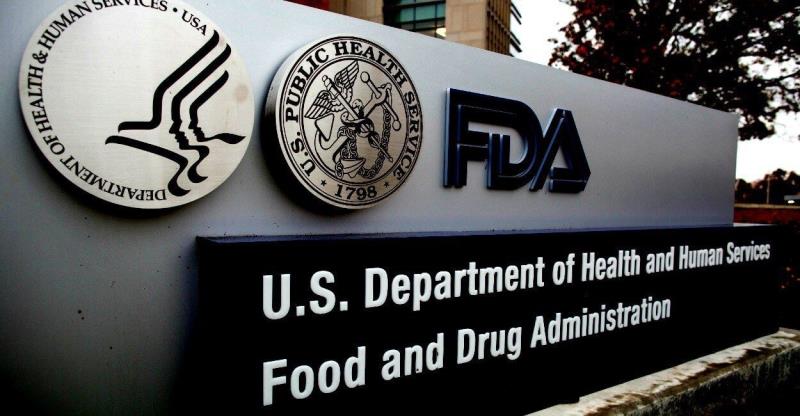

The deadline for the most serious regulatory hurdle to face the US vaping industry is just over a month away, and thousands of small businesses are still unsure whether they will be able to legally sell their products in the United States after September 9, 2020.
The premarket tobacco application (PMTA) was a component of the U.S. Food and Drug Administration¡¯s (FDA) 2016 deeming regulations. This rule classified vapor products as ¡®tobacco products¡¯ and required manufacturers to follow a procedure to stay on the market. In the years that followed, vapor manufacturers complied with sensible requirements to register their products, open their manufacturing facilities to federal inspections, and submit ingredient listings to the FDA. It is the final step in the process ¡ª the PMTA ¡ª that is proving most difficult.
The PMTA is undoubtedly the most extensive of all the components of the deeming regulations. In order to prove that a product meets the FDA¡¯s standard of ¡°appropriate for the protection of public health,¡± it is not enough for a manufacturer of vapor products to merely describe their manufacturing process and present data showing that vaping is much less harmful than smoking. Each manufacturer is instead expected to conduct extensive testing on every product they sell.
Unfortunately, the testing component is a difficult task to complete. Demand has been sky high at the limited number of labs authorized by the FDA to conduct these tests and many small manufacturers have thousands of products. The FDA itself estimates that a single PMTA will cost ¡°around $117,000 to around $466,000¡å per product, although many believe that cost is underestimated.
In different hands, the FDA would have seen the PMTA process as an opportunity to help manufacturers of all sizes reassure the public that vapor products are fit for their intended purpose ¡ª to transition adult smokers away from cigarettes to a product that is much less hazardous than cigarettes. Regrettably, despite a pledge by Health & Human Services Secretary Alex Azar, the FDA has refused to streamline the process in any meaningful way.
The companies that seem most likely to be granted PMTAs are large tobacco or tobacco-affiliated companies like Juul, blu, and Reynolds. This is truly a great irony given that tobacco companies didn¡¯t even introduce their own vapor products to US markets until 2012 ¨C five years after e-cigarettes were first sold in the US.
Lawmakers and regulators should know that there are two different types of vapor products: open systems which include mods and tanks, and closed systems ¨C often referred to as pod systems. When analyzing studies of vapor product usage, it is clear that while adults have found great success in using closed systems to quit smoking, teens also utilize closed systems at greater rates than open systems.
In 2019, former FDA Commissioner Dr. Scott Gottlieb tweeted that increases in youth vaping were ¡°largely driven by use of Juul, the most popular e-cig among kids. The vape industry needs to differentiate open systems used by adults vs closed systems like Juul preferred by kids.¡± It remains to be seen whether the FDA, now under the leadership of Dr. Stephen Hahn, will recognize this difference when assessing PMTAs.
With a little over a month away from the PMTA deadline, it is important that regulators understand the enormous cost of submitting a PMTA. Dr. Gottlieb is correct that there needs to be a differentiation between the different types of vapor products. Open systems shouldn¡¯t be shut down due to draconian regulations that are impossible for small businesses to afford.
Without further delays and reforms to the PMTA system, it is likely that the current diverse marketplace for legal vapor products will undergo radical change for the worst. Open systems ¡ª the products used least by youth but most at risk of being banned by the FDA ¡ª will continue to be sold, but in new illicit markets with limited or no safety controls instead of in regulated vape shops. Meanwhile, legal and deadly cigarettes will remain on the shelves of every convenience store.
It would be a great travesty to see a technological innovation ¡ª one created by former smokers that has helped millions of Americans quit combustible cigarettes ¡ª be needlessly destroyed by bad regulations.